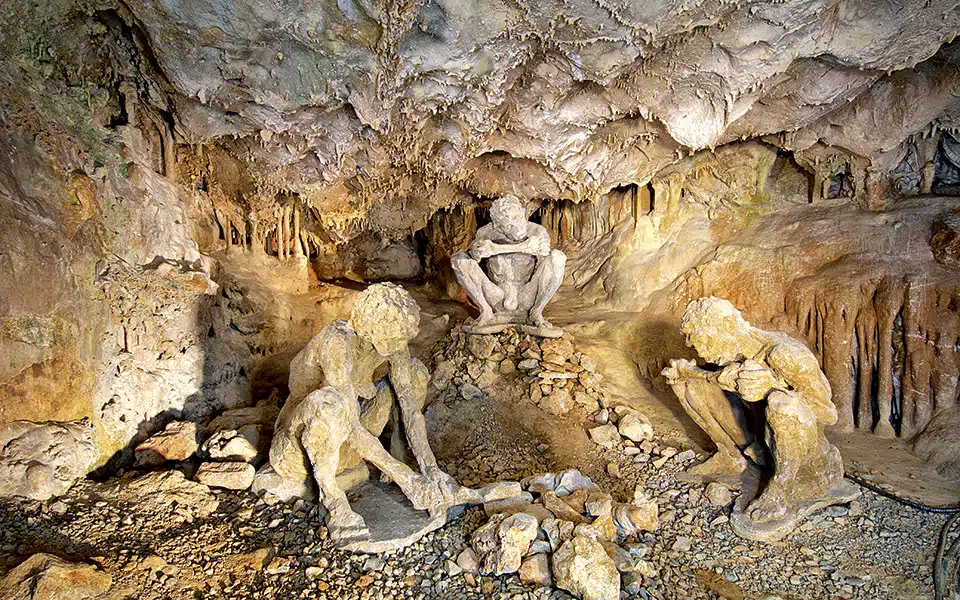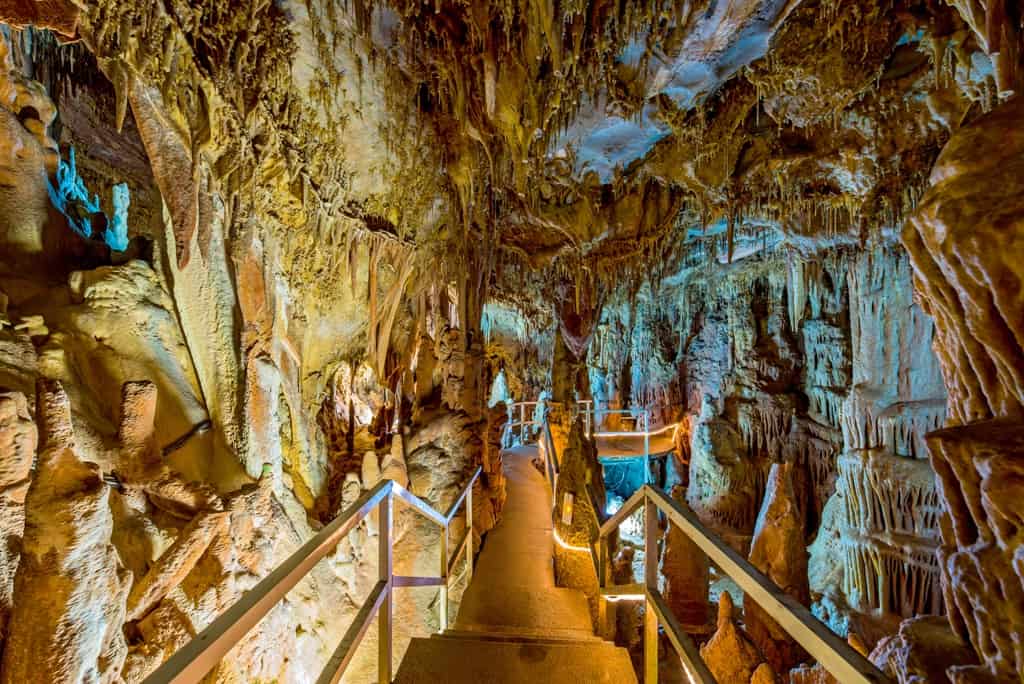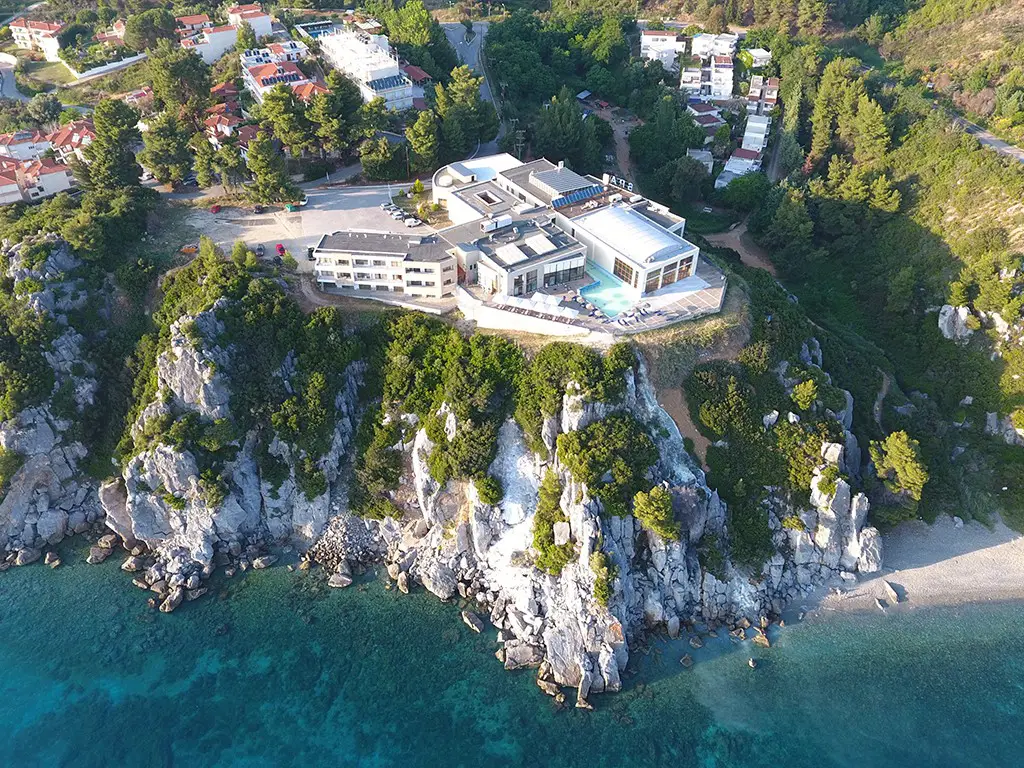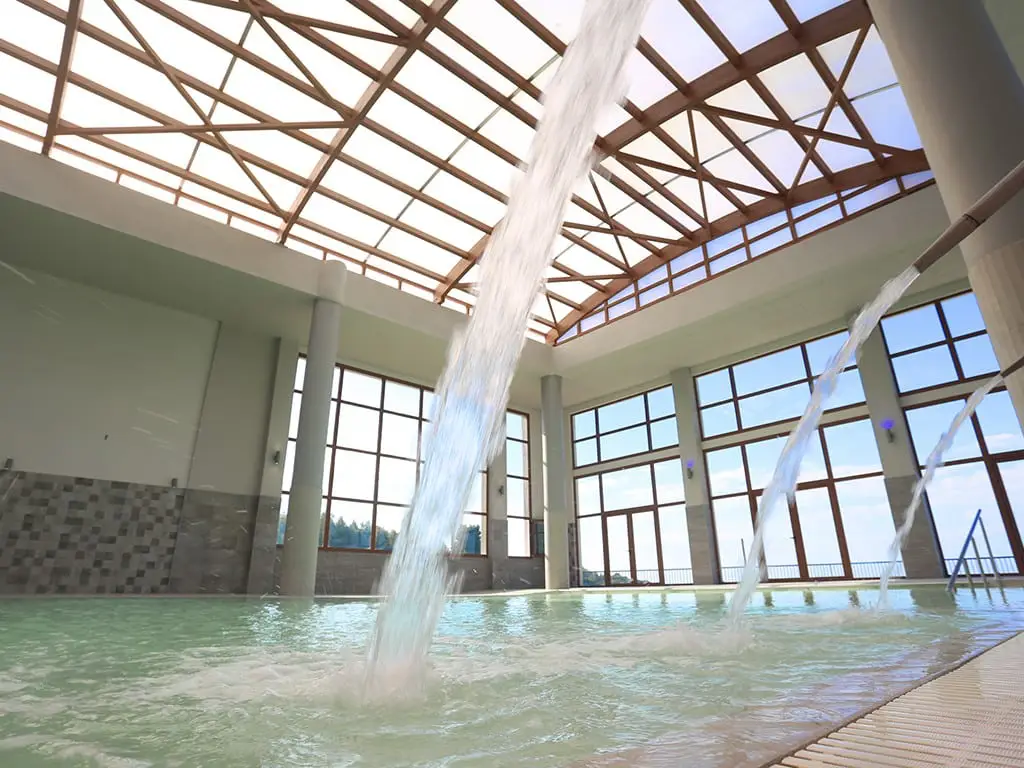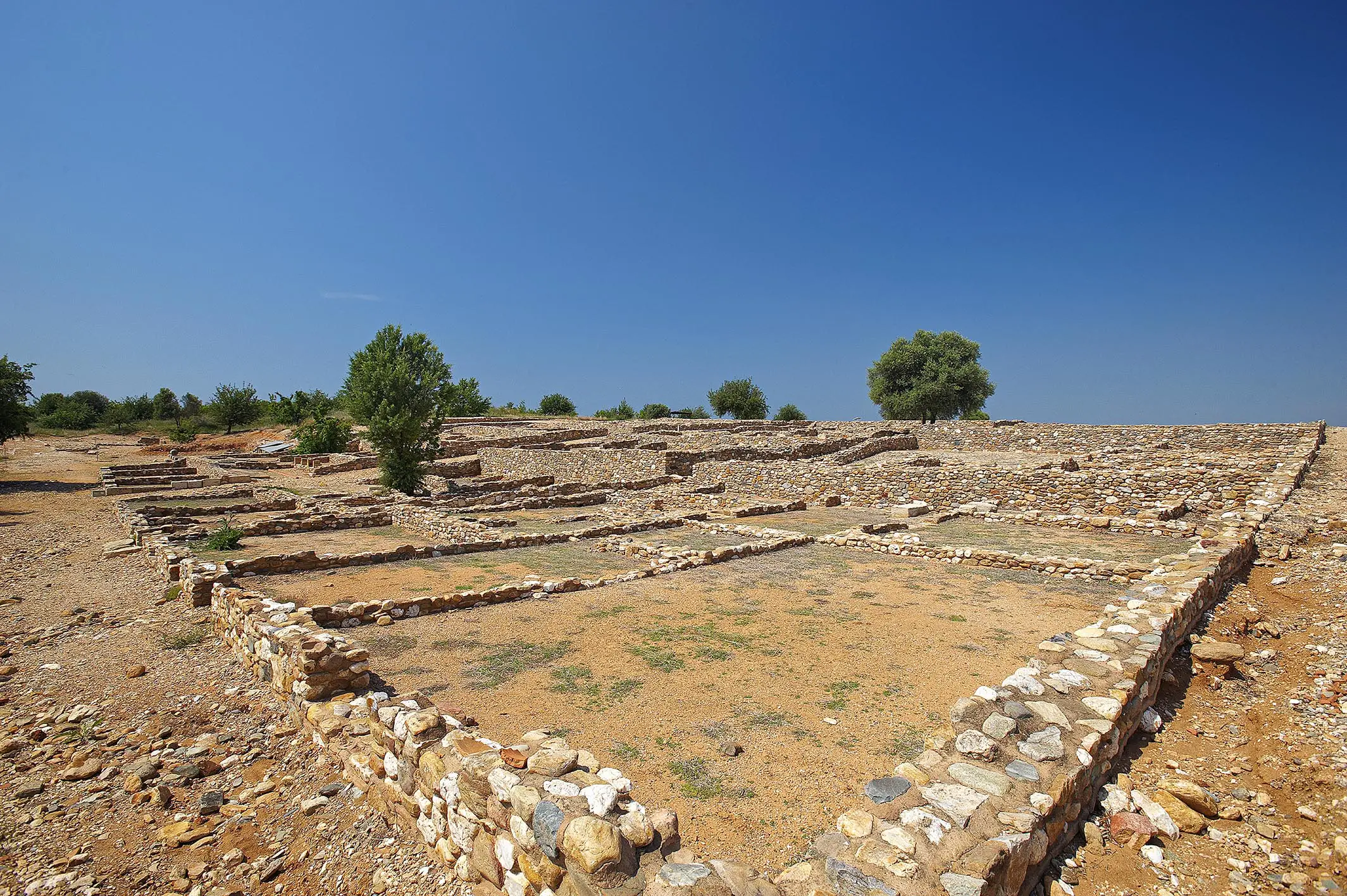Airport Transfer or Car Hire
How to get to Pefkohori from the airport?
Taxi transfer
If you need transfer from and towards the airport, we can arrange it for you! We co-operate with a VIP TRANSPORTATION Company that offers luxury cars and has English speaking staff. The company’s cars are equipped with WiFi and TV. On the way, a small bottle of water is offered to you while there is also juice available for children. You can select from a normal car to a caravan estate (with bigger trunk) or to a minivan with a capacity of 7 or 9 people. If you wish for further information, e-mail us at [email protected] or call us on +30 23740 61832 and we will do our best to help.
Your transfer will be arranged for you by our reservations department. Just provide us with your flight and booking details: your full name, the confirmation number of your reservation, your flight details which are the number and the time of arrival/departure, the number of persons and if you need a child seat (mentioning the weight of each child as well). The capacity of the vehicles is as following: normal car up to 4people, caravan estate up to 4 people with more suitcases, minivan up to 7 or 9 people.
Shuttle bus service
Besides the private transfer option, you can also book a shuttle bus service through us. Again, you only have to provide us with your flight and booking details: your full name as well as each one of the passengers’ full names, the confirmation number of your reservation, your flight details which are number and time of arrival/departure, the number of persons and if you need a child seat (mentioning the weight of each child as well). Please, let us know if you wish for this service at least 5 days prior to your arrival!
Car Hire
If driving offers you the independence that you wish so as to have to shape your unique vacation experience in Halkidiki, then let us know prior to your arrival, to arrange a car rental with an option that is closest to your needs and desires. The Flegra Collection reservations department shall arrange it for you. If you wish to rent a car only during your stay, you could also arrange it through our front office department after your check-in.
The “F” Spa in Pefkohori
Petralona Cave
Petralona Cave
Nature has always been an unpredictable designer. This is more than apparent when entering Petralona Cave, formed around a million years ago. Nicknamed “the red-rock cave” because of the color that the bauxite deposits give to the stone, the cavern stretches across an area of 10,400m² and consists of a series of stoas, chambers, high ceilings and pools, full of stalactites and stalagmites. Its discovery in 1959 opened a window into prehistoric times. Nowadays, it is the most important of Greece’s 12,000 caves, thanks to its wealth of fossils (one of the richest collections in Europe) and to the discovery, around half a century ago, of the oldest human remains ever found in Greece. The Cave reopens its doors in Spring 2024, after remaining closed for five years, during which a series of interventions were completed so that the Cave is environmentally sustainable, with respect to both its attractions and visitors.
Additional Information: petralona-cave
Spa Thermal Baths
Relax and enjoy!
One of the most traditional villages of the Kassandra peninsula is Agia Paraskevi, which is famous for its thermal springs and their therapeutic qualities. On the cliff, in a magnificent setting overlooking the Aegean Sea, the natural spring spa associated with the famous art of water-healing during the Ancient Greek Times, meets a modern spa. The residents revived the village, creating an elegant spa destination offering modern facilities, located in a lush pine forest. The springs, which were discovered accidentally, have important therapeutic qualities due to the water’s special chemical composition. Due to its unique composition of chemical elements containing rare sanative properties, it rejuvenates both body and spirit. During your visit, you can also explore the Folklore museum of Agia Paraskevi, where you can learn about the history and the culture of the area.
Additional Information: http://halkidikispa.com
Ammouliani Island Cruise
The GLASSBOTTOM vessel starts its cruise at the port of Ouranoupoli and heads out to the Ammouliani islets, also known as Drenia (Donkey islands). There, you may take a close look at the famous yellow corals above Ouranoupoli’s reef, thanks to the glass bottom keel of the ship. After that you arrive at the small, unexplored and uninhabited islet complex known as Drenia.
Also, you may explore otherwise inaccessible beaches with lush underwater flora. Swimming, snorkelling or just sunbathing are some of your options while experiencing the famous turquoise waters of the islets.
The cruise continues as you enjoy your refreshments and cold drinks. During this cruise, one encounters two more islets of the complex and Ammouliani, the only inhabited island of Halkidiki where you might make a stop for shopping and sightseeing. Carried away by images of the great blue, you arrive at the port of Ouranoupolis.
Mount Athos
Besides the myths though, Halkidiki has a tradition that goes well back in time. The monasteries of Mt Athos stand tall – as they have done for 1,000 years and will continue to do so as UNESCO World Heritage Monuments. Mount Athos is the third peninsula of Halkidiki and it does not only constitute a World Heritage Site, but it also renders an autonomous entity in the Hellenic Republic. Athos is home to 20 Eastern Orthodox monasteries under the direct jurisdiction of the patriarch of Constantinople. Mount Athos has been inhabited since ancient times and it is known for its nearly 1,800-year continuous Christian presence and its long historical monastic traditions, which date back to at least 800 A.D. and the Byzantine era. Today, over 2.000 monks from Greece and many other Eastern Orthodox countries, such as Bulgaria, Serbia and Russia, live an ascetic life in Athos, isolated from the rest of the world. The Athonite monasteries feature a rich collection of well-preserved artifacts, rare books, ancient documents, and artworks of immense historical value.
Additional information: here
Ancient Olynthos
Olynthos has a unique historical past, from the years of Aristotle and even older. The modern village is called Nea Olynthos and it is located at the base of the peninsula of Kassandra, 78 km away from Thessaloniki and 12 km from Potidea. New Olynthos is the continuation of the Byzantine village of Myriophytos. After 1922 many refugees from Eastern Thrace and Asia Minor were added to the few local residents. Nowadays, the inhabitants amount to about 1200 and are mainly occupied in agriculture and olive-growing.
To the east of the new settlement, within a short distance, there are the ruins of the famous ancient Olynthos. The site is inhabited since the Neolithic Era (5300-4500 BC), while the word “Olynthos” is pre-Hellenic and probably has a meaning “wild fig”. According to tradition, it was named so by Olynthos, the son of the river God Strymon. Ancient Olynthos was built on two hills, the southern and the northern. The southern hill was occupied by the city, which, according to Herodotus, was founded by the Voctians of Imathia in the 7th century. B.C. This city was destroyed by the Persians of Artabazos in 479 BC. However, its inhabitants did not leave the area. They built a new city on the northern hill. It was the Olynthos of the Classical Period, built in the Hippodamian city planning system, with building blocks separated by horizontal and vertical streets. The accuracy of the city plan of Olynthos helps us understand how the Hippodamio city planning system was applied. It was to play a major role and to become the most important political, economic and military center of Halkidiki from the 5th to the 3rd century BC. Moreover, the founding of the Halkidian Common in 430 BC, meant the political union of 32 cities of Halkidiki under the command of Olynthos. The great prosperity of the city brought her into conflict with King Philip II of Macedonia, who could not tolerate the presence of another great force in his area and eventually led to its destruction in 348 BC. Today, a large part of the ancient city has been discovered in the visiting site of the excavation, and there have been found tombs, coins and mosaics of unique beauty that date back to different eras of Greek history.
An Archaeological Museum operates in the archaeological site. Excavations are not exhibited in its premises, but audiovisual material, with the help of which the visitor acquires a broader picture of the history of ancient Olynthos, is available. The findings of the excavations are found in the museums of Thessaloniki and Polygyros.
additional information: here
Museums in Kassandra peninsula
Kassandra peninsula has a variety of folklore museums where guests can discover the way the local habitants used to live. There are Folklore museums in Polychrono, in Kassandria, in Agia Paraskevi and in Afytos. However, there is also a very special museum: The Fisheries Museum. The Fisheries Museum established by the Municipality of Moudania is the only fisheries museum in Greece, a country in which fishing is an old tradition. The museum is located in Nea Moudania and both kids and adults shall consider it a beautiful and completely educational experience. The purpose of the Museum is to converse and reveal this important part of Greece’ s cultural heritage and also to increase public awareness of marine life and the need to converse it. Yet the Museum does not only confine itself to conversing the testimony of the collective memory, but it also acts as a communication medium in a live and dynamic environment, which attracts a visitor to participation, learning and enjoyment, providing a variety of stimuli. Apart from the exhibition area, there is also a room for multifunctional uses (educational activities, meetings e.t.c.) as well as a library reading room available to visitors and researchers who may wish to use the facilities. The concept of a fisheries museum belongs to the Moudania Nautical Club, which offered the Municipality of Moudania an important collection of shells from Greek waters and contributed to the conservation of old fishing equipment.
Additional Information: here
Monuments and churches in Halkidiki
In Halkidiki, there are ruins of early Christian churches. Christianity was first introduced in 50AD, when the Apostle Paul passed through Apollonia on his way from Philippi to Thessaloniki. Moreover, during the reign of Theodosius I, Christianity was proclaimed as the official state religion and after the foundation of Mount Athos monastic community, Halkidiki became the most important religious center for Orthodox pilgrims, while a lot of monasteries were founded during Byzantine era. Most of the monasteries outside Athos peninsula though, were under the supervision of Mount Athos’s monks.
In the village of Nea Fokea stands what is perhaps the best preserved of all the towers in Halkidiki. The Tower in Nea Fokea, also known as St. Paul’s Tower holds a dominant position on the hill at the right side of N. Fokea’s port. It’s 17m high and it’s an old Byzantine fortress that is likely to have been built in 1407, and partially destroyed by fire in 1821. Its purpose was the protection of farmers working in the “metochi” of St Paul’s Monastery. The tower was also the cave where the Apostle Paul hid from his persecutors and moreover the headquarters of Greek revolutionary Emmanouil Papas, during the Greek War of Independence.
The Tower of Stavronikitas, also known as Tower of Sani dates from 1543 and was built to protect the “metochi” (dependency) of the Stavronikita Monastery. The tower is in an excellent state of repair; it is 8 metres high, but the archaeologists believe that an upper floor is missing, and the original tower was much taller. It is assumed that the tower must have been built at the Acropolis of ancient Sani, a city flourished until the Roman Empire. Others believe that the tower was used in the past as an observation post, where local people used to watch for approaching pirates. Set on a low hill, which forms a natural amphitheatre, the Tower provides the backdrop for the famous Sani festival.
One of the most beautiful chapels is that of Panagia Faneromeni in N. Skioni, the story of which is really interesting. According to the local tradition of the 16th century, one of the villagers saw a light coming from the sea and approaching the coast. He thought that they were pirates so he ran into the village to alert his fellow villagers. In the morning, when the light reached the shore, they saw that it was a large piece of marble, with Virgin Mary painted on it, floating on the sea surface. The villagers were impressed by the miracle and asked the Turkish Bey of the area to allow them to build a chapel to house the picture. The Bey refused, and as it is said, he threw the picture down and began to trample it. The image suddenly became soft as clay and trapped Bey’s feet, not letting him escape. After regretting his actions, the Bey apologized to the villagers and he finally gave his permission to build this chapel. Nowadays, it’s a popular location for orthodox weddings due to its magnificent location.
A monastery that attracts the pilgrims of Christianty is the one of Saint John the Russian which is located in the great region of Pefkohori. It is on the road to Nea Skioni, on the mountainous side of Kassandra, Halkidiki, Greece. There, in a secluded area, full of trees, you ‘ll have the chance to enjoy the silence, meditate and be part of the devout atmosphere. Religion enthusiasts and meditation lovers will get to know some things about the life of the monks and the history of the abbey. In Saint John the Russian monastery, a part of the relique of Saint John is kept. The whole imperishable holy relique of Saint John’s body is kept in the church of Saint John the Russian, in Prokopi of Evia Greece. Saint John was born in about 1960, in the area of today’s Ukraine, and his parents were Christians. He took part in the Russian-Turkish war and was sold as a slave to a Turkish army officer. The Saint lived in the officer’s stable with the animals and he walked barefoot. He worshiped God and wanted to offer his help to the people. After his death, it was found that his body remained intact and imperishable. Saint John the Russian is believed to have performed many miracles during his lifetime and after his death as well.
The region of Kassandra and Halkidiki in general has many more churches and chapels to be explored as well as Byzantine Monuments. In the front desk departments of Flegra Collection, our agents shall provide you with the information you need to discover our paradisiacal Halkidiki.



